Corfu Greece
Corfu, an island off Greece’s northwest coast in the Ionian Sea, is defined by rugged mountains and a resort-studded shoreline. Its cultural heritage reflects years spent under Venetian, French and British rule before it was united with Greece in 1864. Corfu Town, flanked by 2 imposing Venetian fortresses, features winding medieval lanes, a French-style arcade and the grand Palace of St. Michael and St. George.
On the northern side of the Ionian Sea, Corfu's stunning landscape inspired the setting of stories by Shakespeare and Homer.
Our bike route took us from Dasia to Ipsos Beach, following a paved narrow alley to the picturesque village of Saint Marcos, an old Venetian settlement of carefully restored stone houses and a Byzantine/Eastern Roman chapel. Then climbed up to the village of Ant Korakiana, on of the most colorful villages of Corfu. We stopped for lunch and enjoyed the views from the tallest peak of Corfu overlooking the island’s wide plains, Dasia and Ipsos Bay. After lunch we made our way back (downhill) to Dasia.

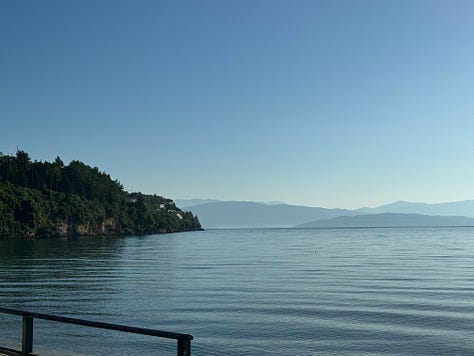
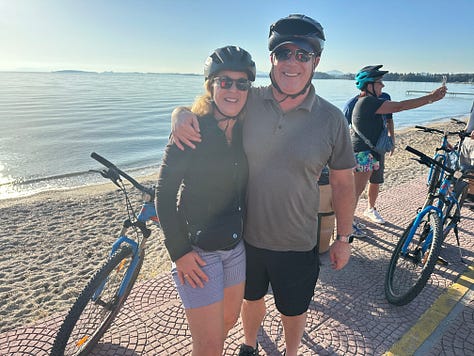



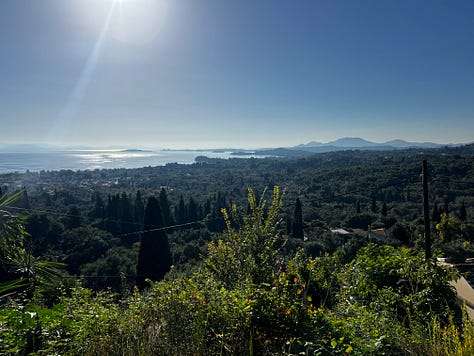
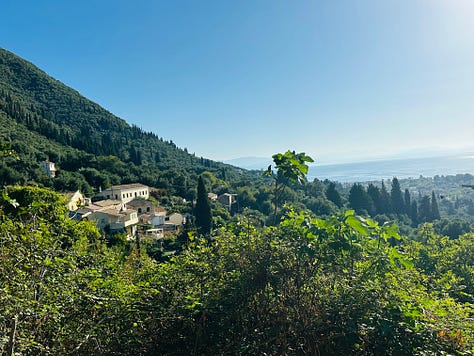
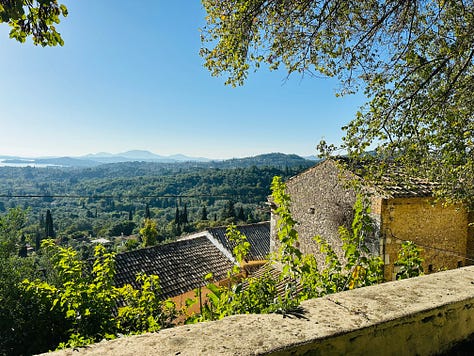



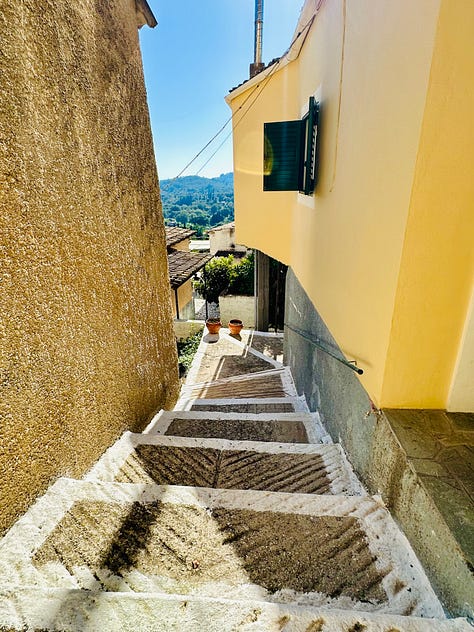



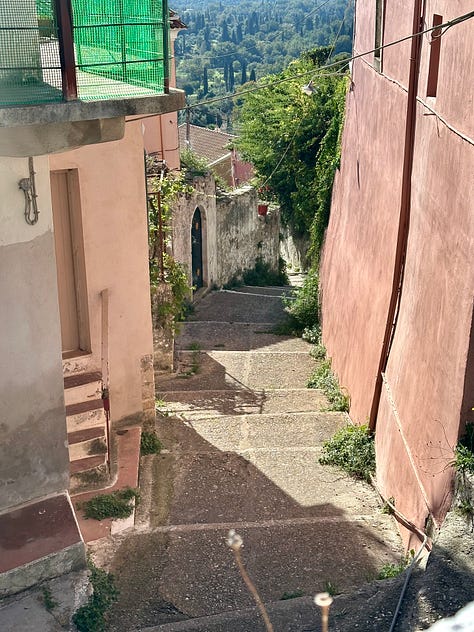

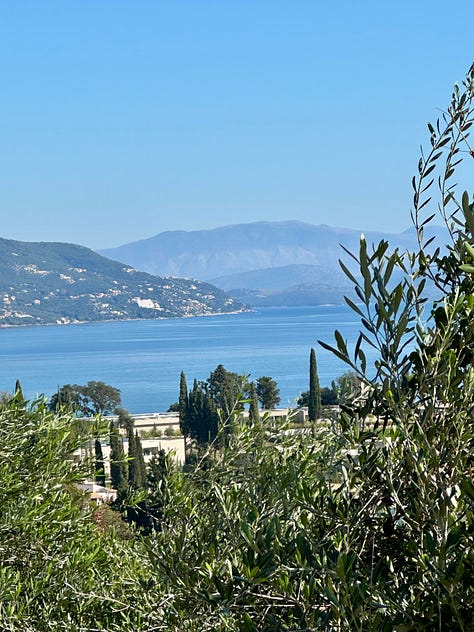

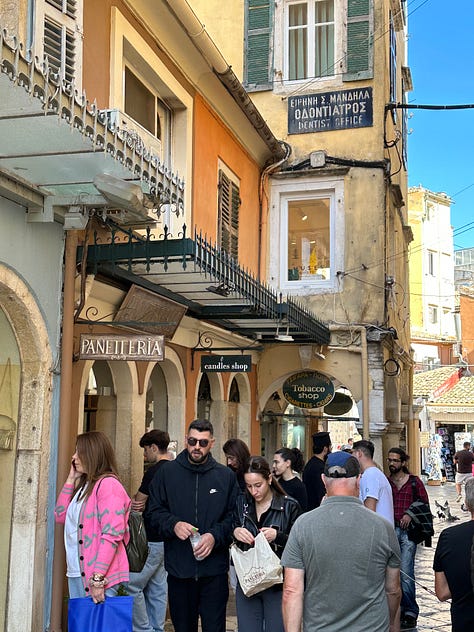
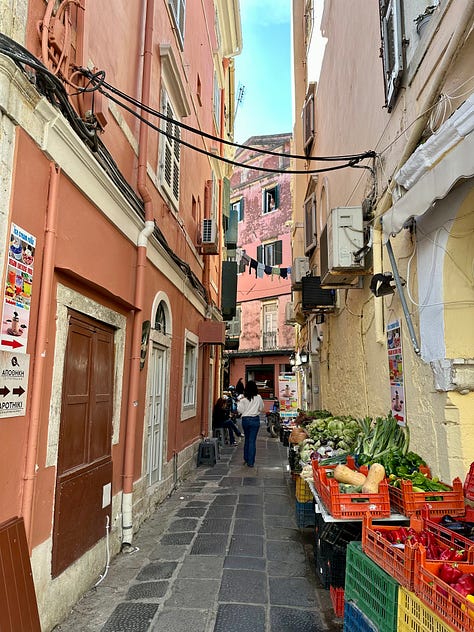
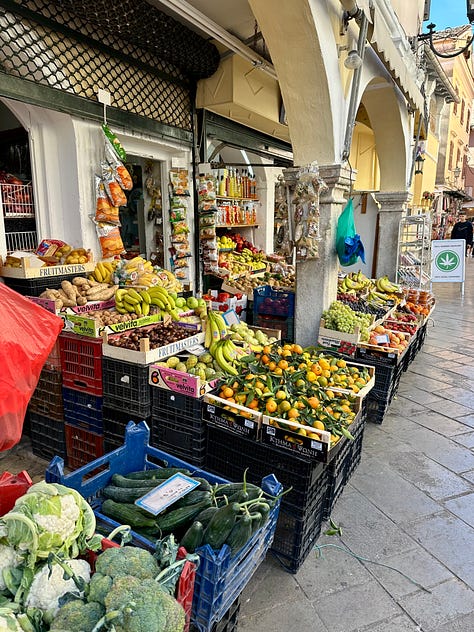
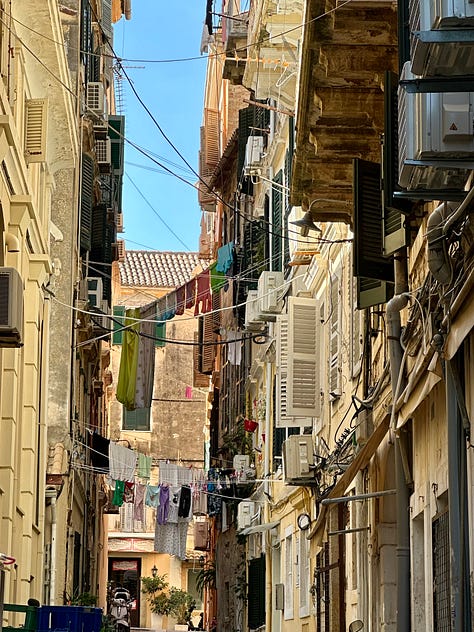
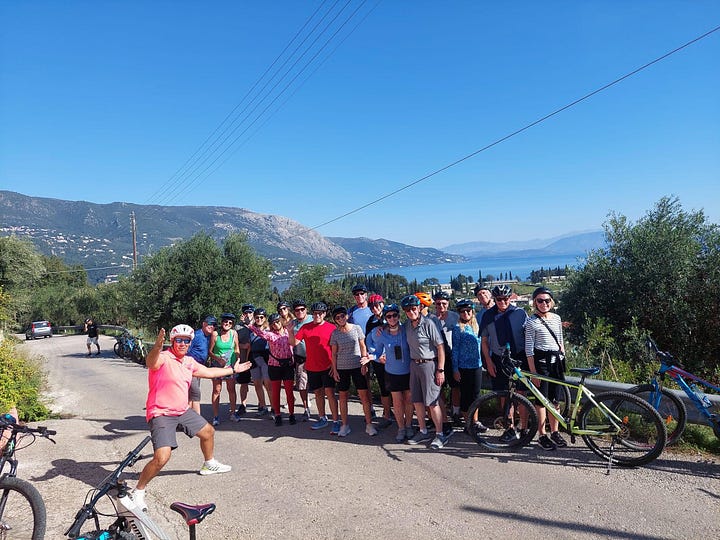
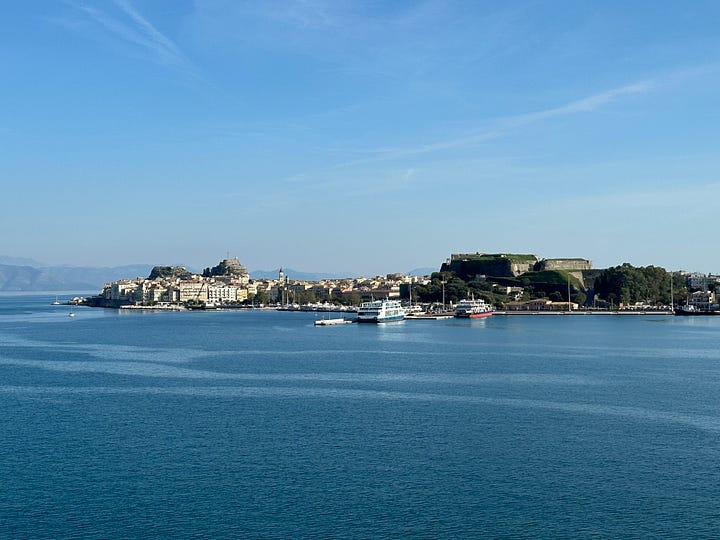

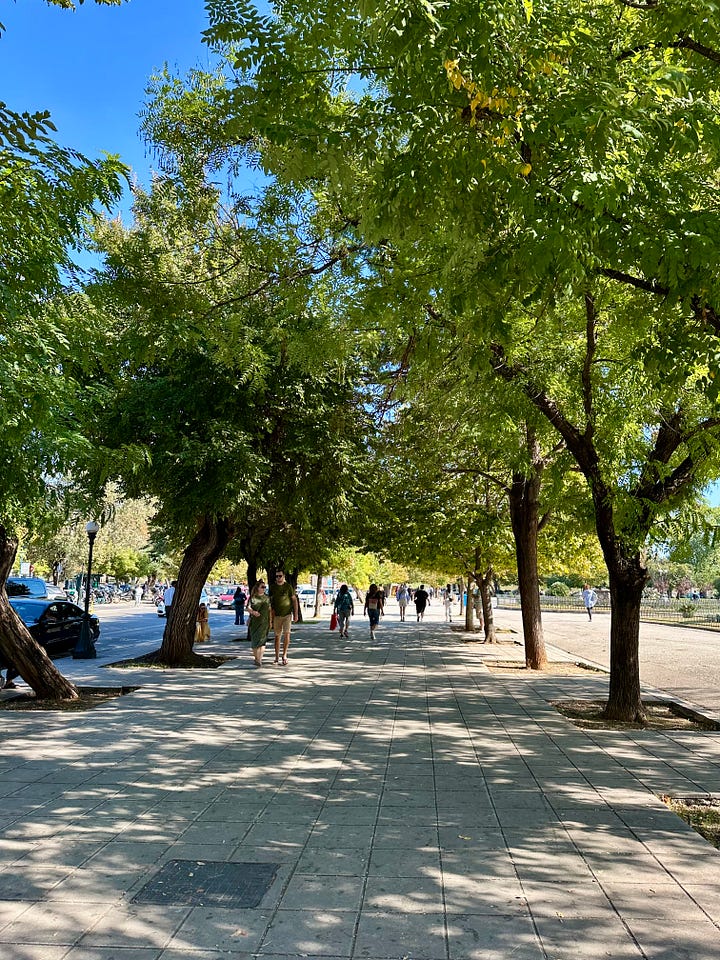
Up next Katakolon/Olympia
Katakolon Port serves as the main sea-gate to Olympia, one of the most important sites in Greece. With all the pine and olive groves, the imposing remains of the temples and the stunning stadium of the Games, Ancient Olympia stands as one of the most important archaeological sites in the world.
The site of Olympia, in a valley in the Peloponnesus, has been inhabited since prehistoric times. In the 10th century B.C., Olympia became a centre for the worship of Zeus. The Altis – the sanctuary to the gods – has one of the highest concentrations of masterpieces from the ancient Greek world. In addition to temples, there are the remains of all the sports structures erected for the Olympic Games, which were held in Olympia every four years beginning in 776 B.C
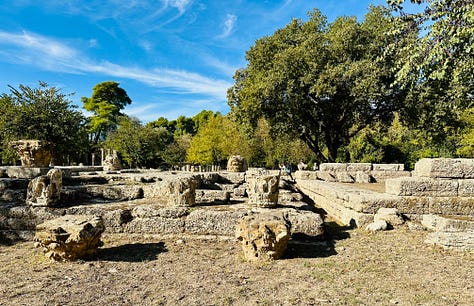
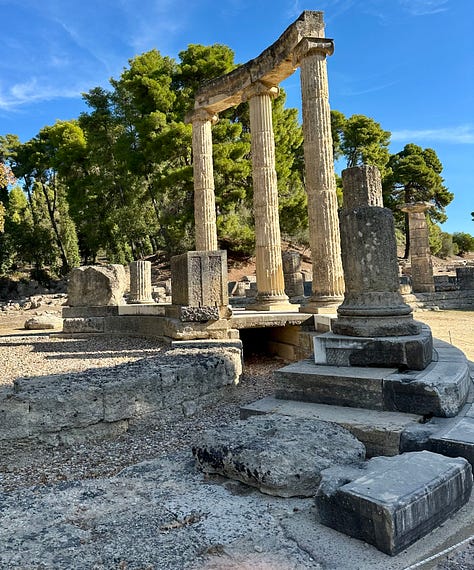

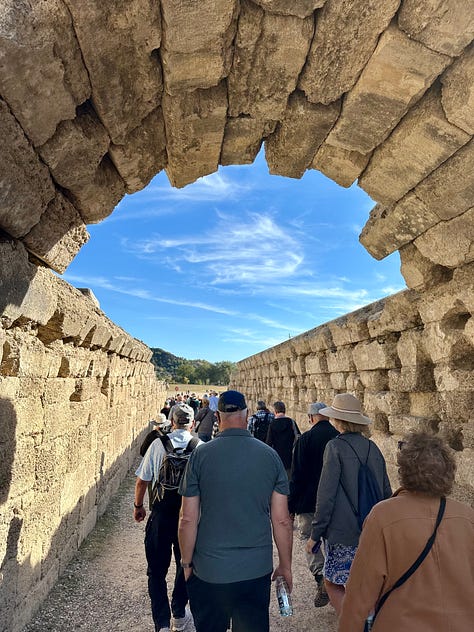
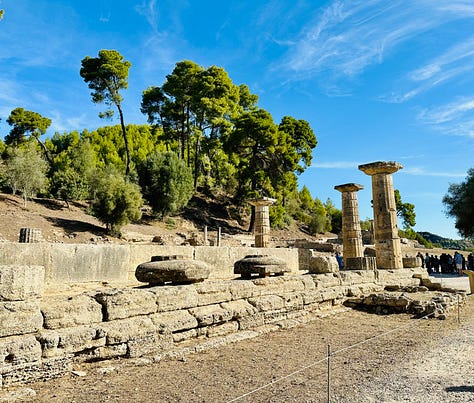
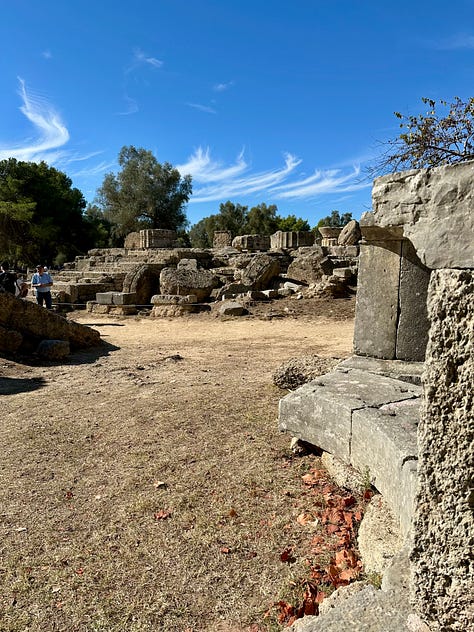



Gyros/Souvlaki made by mama Rula in Olympia.


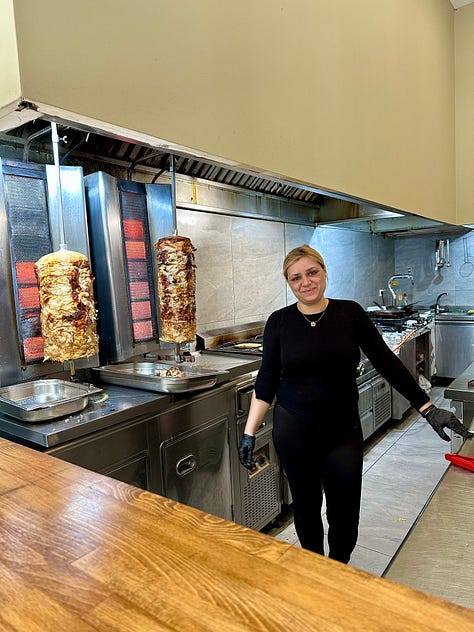

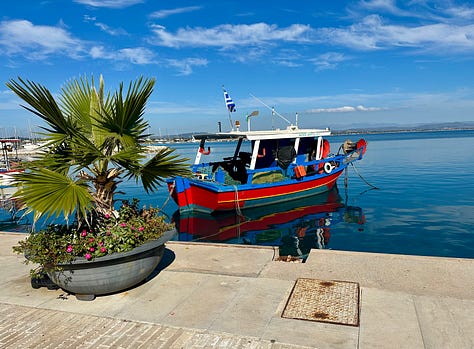
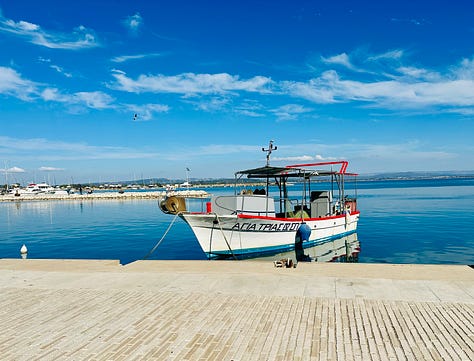
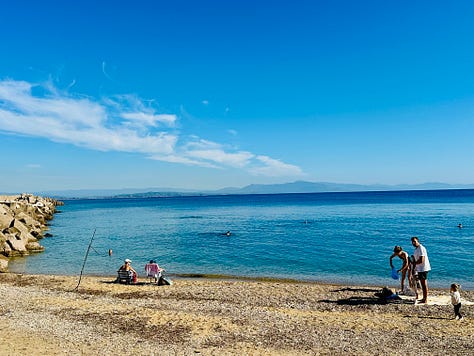
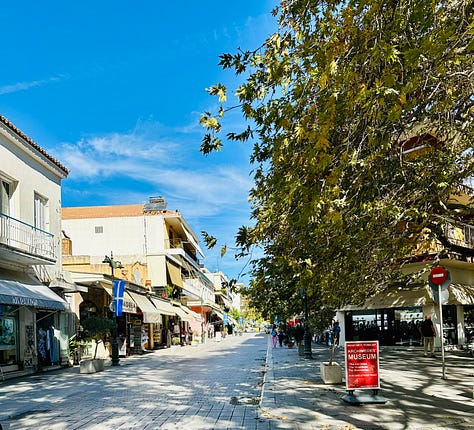
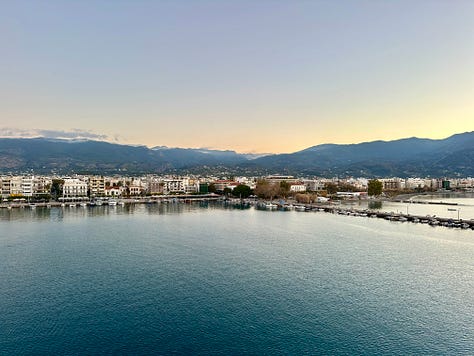
Messina/Kalamato
The most notable of Messenia's Neolithic and Bronze Age settlements is the magnificent Mycenaean palace of Nestor north of Pylos (Pýlos) on the Ionian Sea, discovered in 1939.
The Palace of Nestor just14 km from Pylos, is among the most important monuments of Mycenaean Greece, because it is the only Mycenaean Palace which is in such good condition. The palaces were built in the 13th century B.C. by King Nestor (son of Neleus) who took part in the Trojan War with ninety ships.
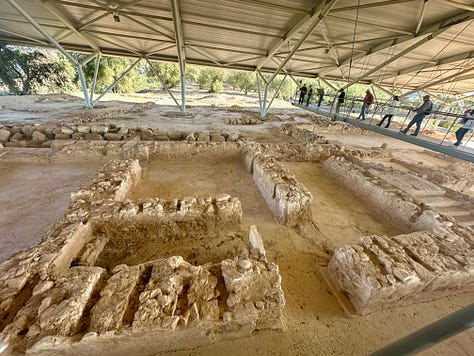
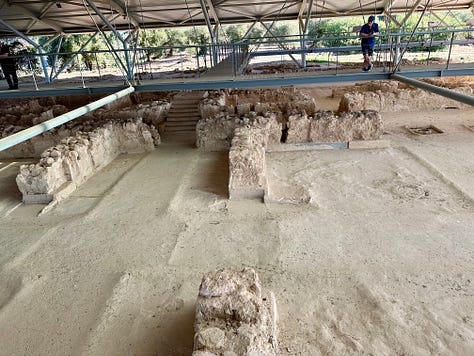
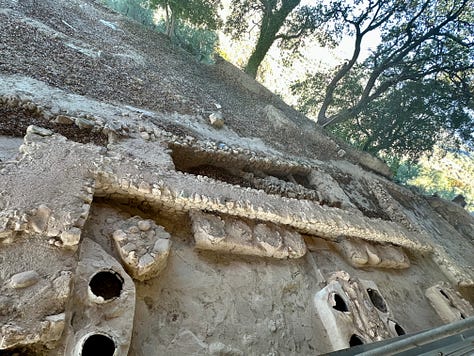
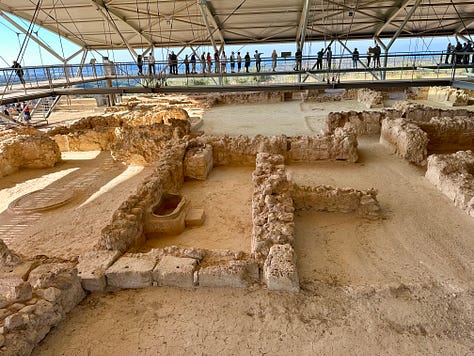


Kalamata is well known for its black Kalamata olives. Karelia Tobacco Company has been in operation in Kalamata since 1888.





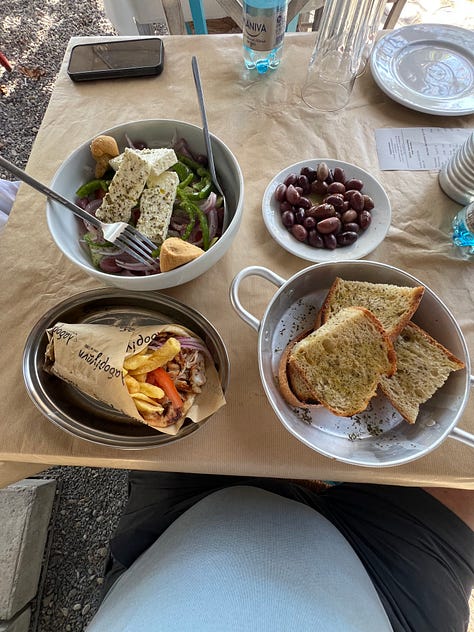


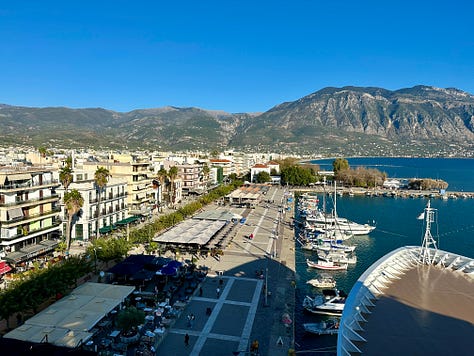
Heraklion is Crete's capital city, where you can enjoy plenty of things to do and see during your vacation. These include visiting ancient Minoan and Venetian landmarks, exploring miles of sandy beaches, and enjoying its food scene. We enjoyed our first “Greek coffee there”




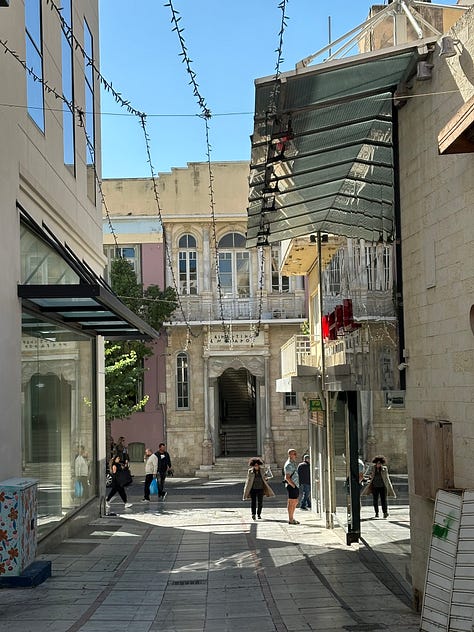
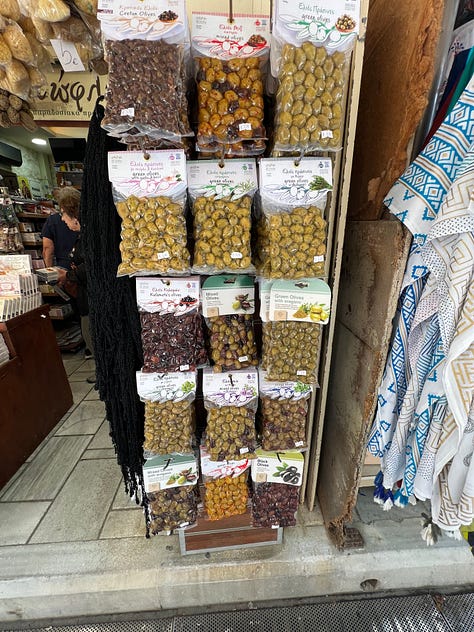
Historically, Rhodes was famous for the Colossus of Rhodes, one of the Seven Wonders of the Ancient World. The Medieval Old Town of the City of Rhodes has been declared a World Heritage Site. Today, it is one of the most popular tourist destinations in Europe.


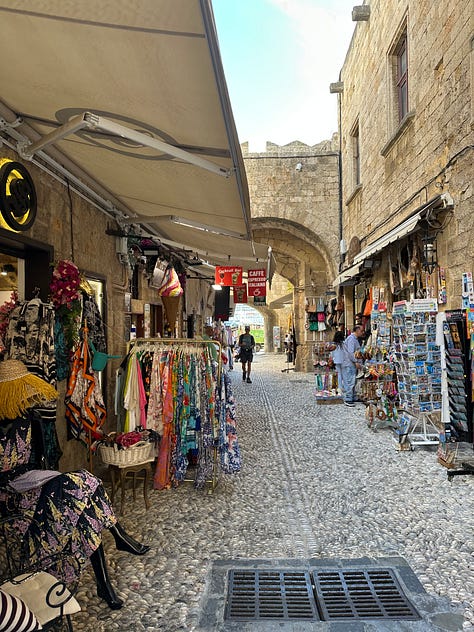
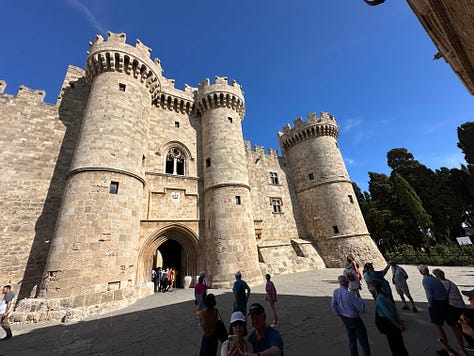

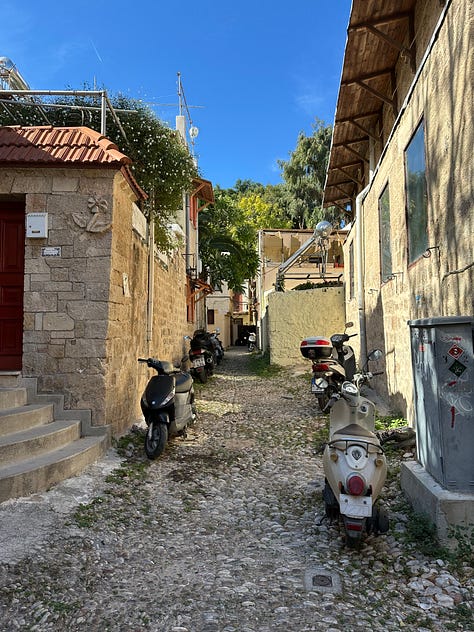


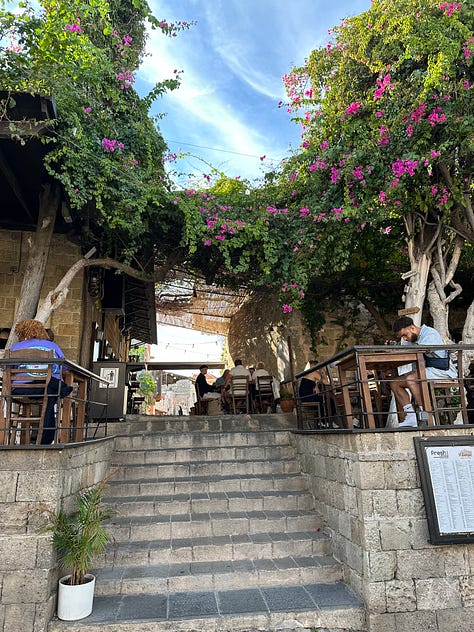
Mykonos is an island of wild parties, cosmopolitan beaches, and picturesque villages. The second most popular tourist destination in Greece is often called the Ibiza of Greece.
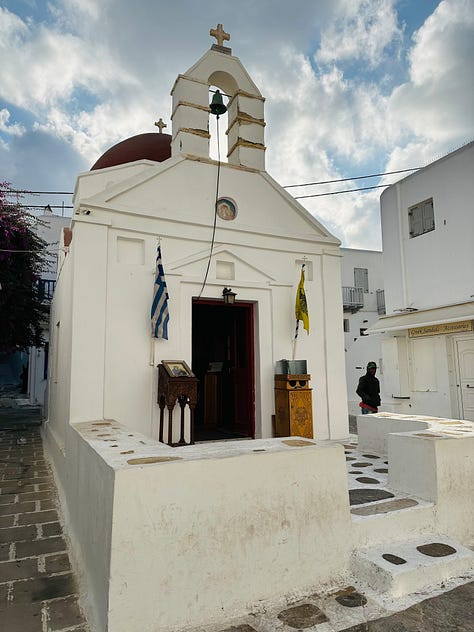
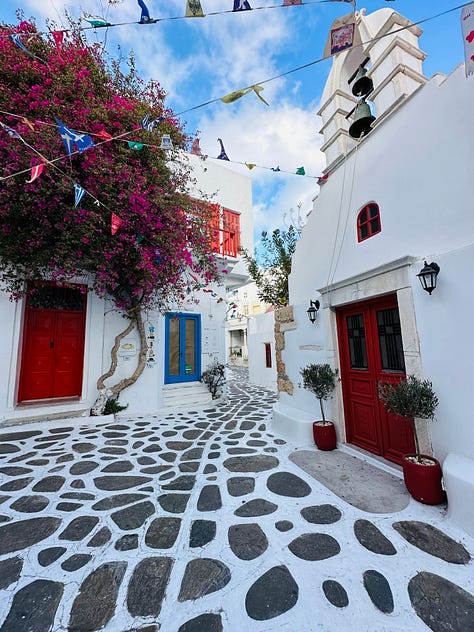
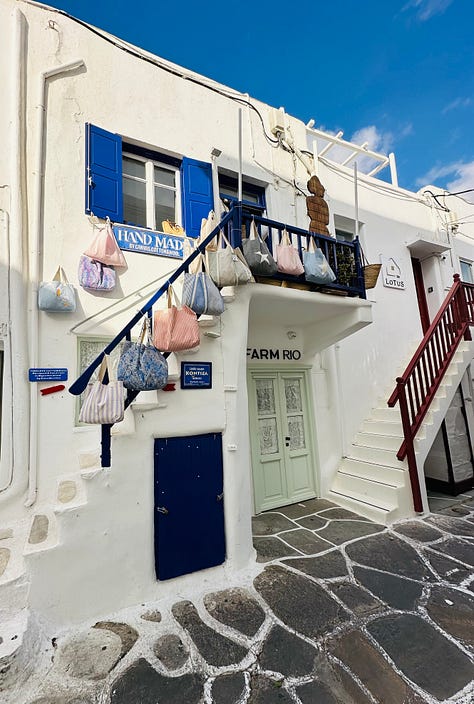


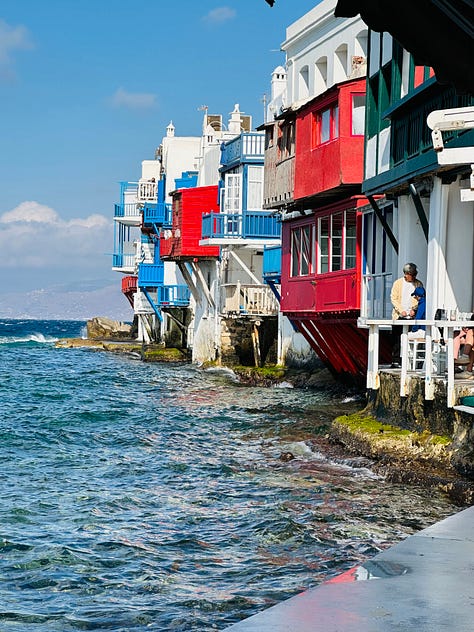
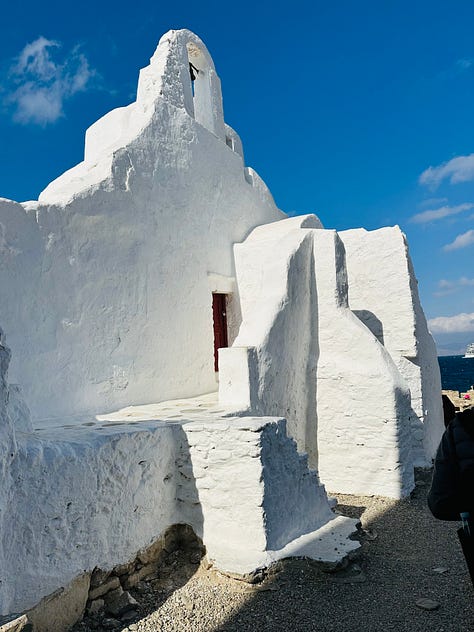
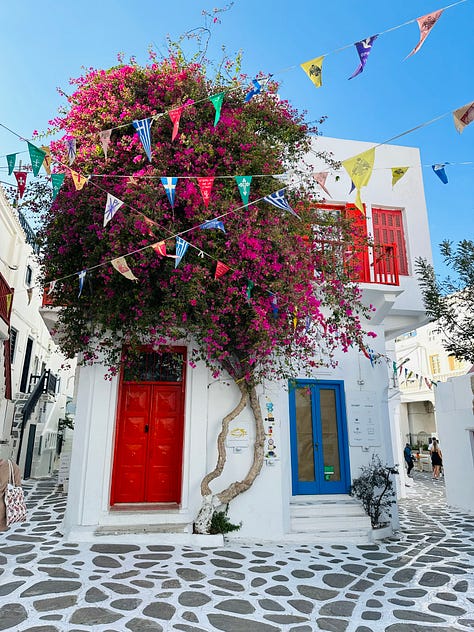
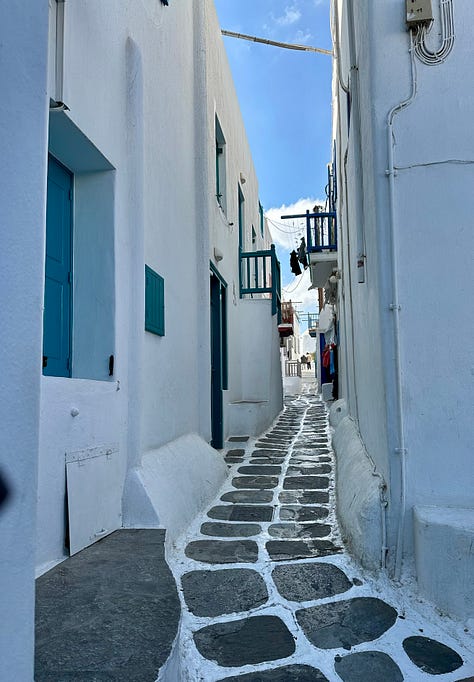
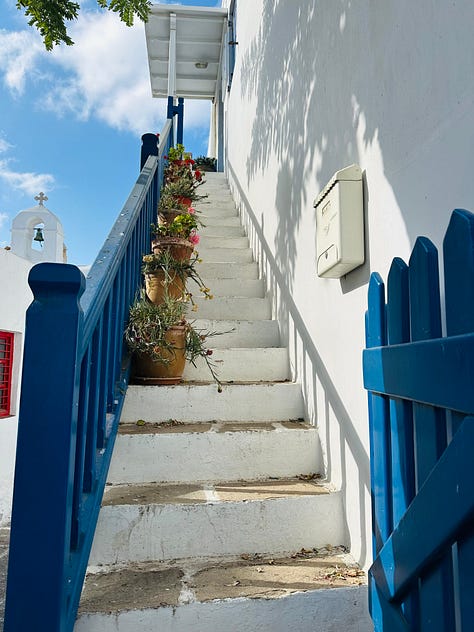

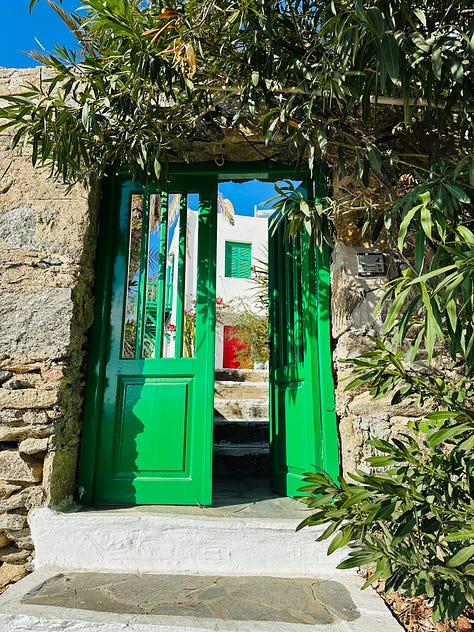
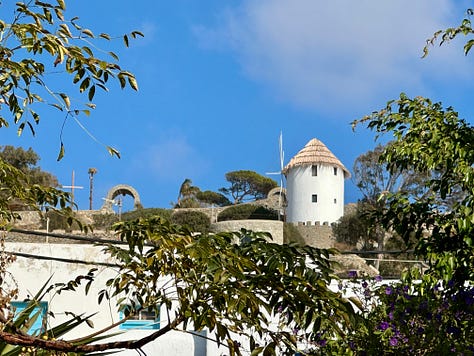
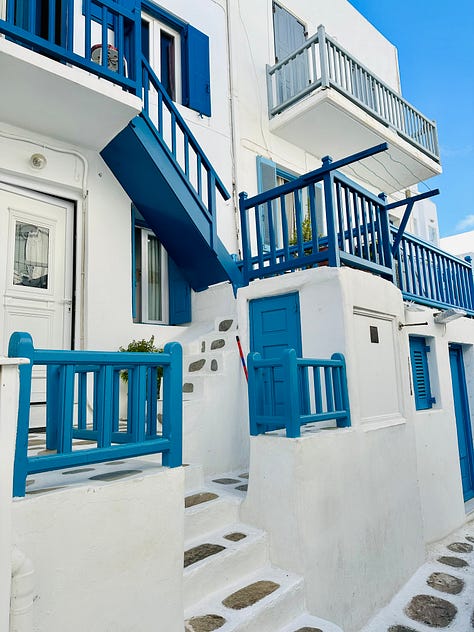

Athens is the capital of Greece. It was also at the heart of Ancient Greece, a powerful civilization and empire. The city is still dominated by 5th-century BC landmarks, including the Acropolis, a hilltop citadel topped with ancient buildings like the colonnaded Parthenon temple. The Acropolis Museum, along with the National Archaeological Museum, preserves sculptures, vases, jewelry and more from Ancient Greece.
Athens is one of the world's oldest cities, with its recorded history spanning over 3,400 years,[9] and its earliest human presence beginning somewhere between the 11th and 7th millennia BC. According to Greek mythology the city was named after Athena, the ancient Greek goddess of wisdom, but modern scholars generally agree that the goddess took her name after the city.
The Acropolis of Athens is the most striking and complete ancient Greek monumental complex still existing in our times. It is situated on a hill of average height (156m) that rises in the basin of Athens. Its overall dimensions are approximately 170 by 350m.
The Parthenon is a former temple on the Athenian Acropolis, Greece, that was dedicated to the goddess Athena.

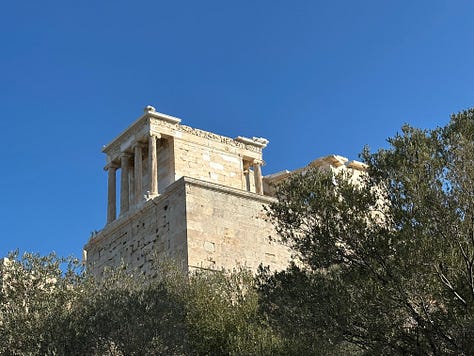
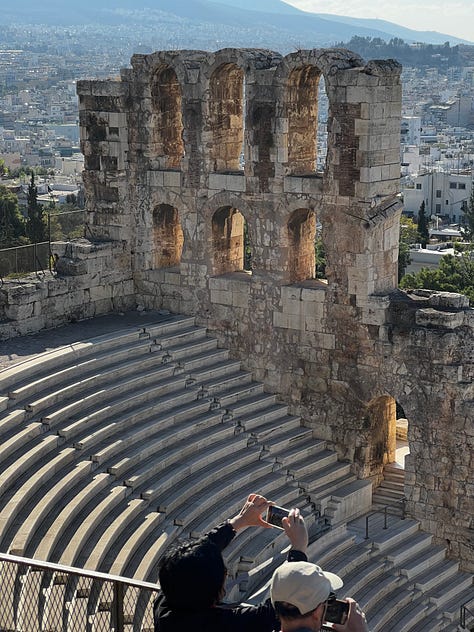
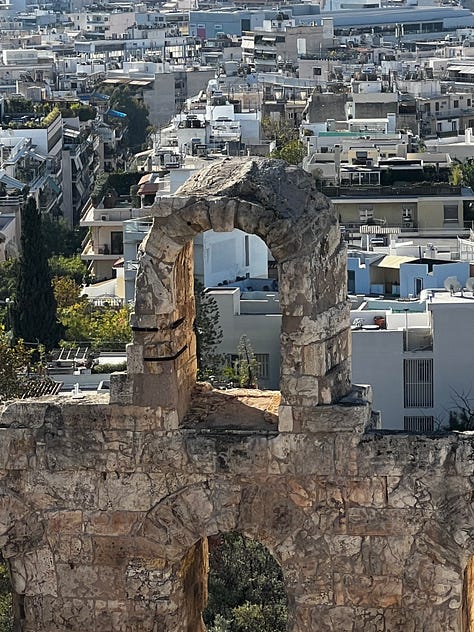
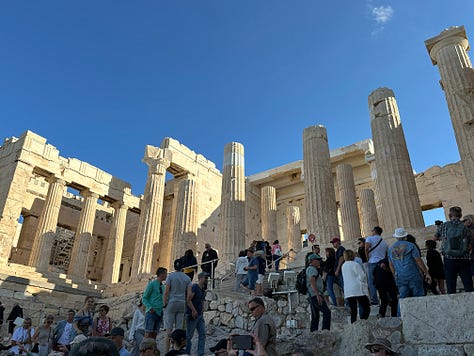
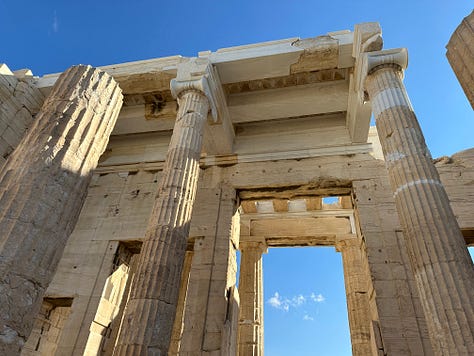
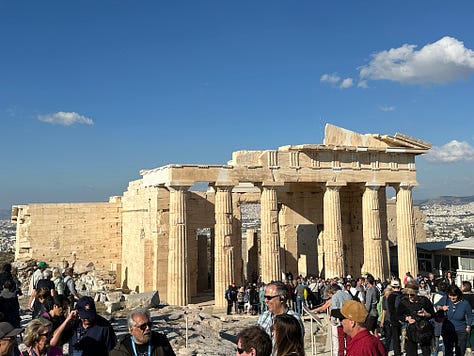
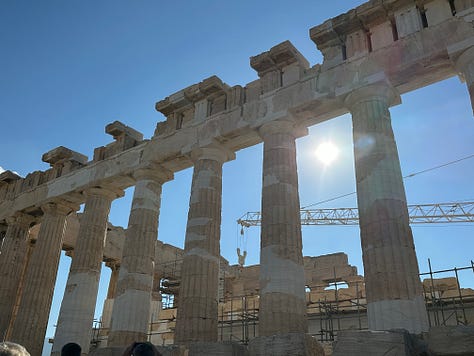

Downtown Athens Syntagma Square is the city's financial and trade centre, with almost half the city's population having to pay a daily visit there. At the north-west of the square sits the historical district of Plaka, Thission as well as the Acropolis.

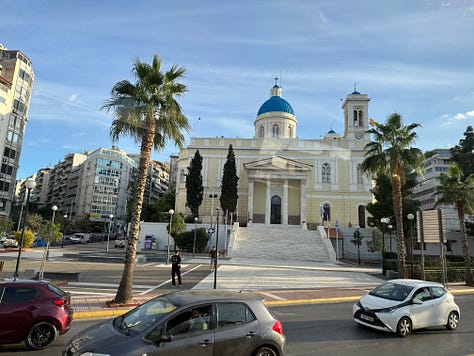
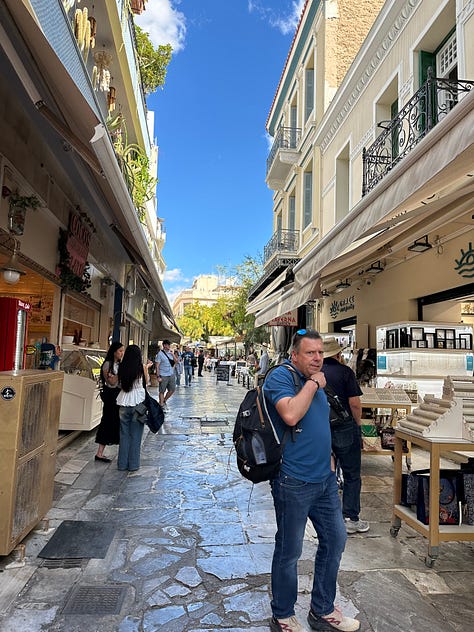
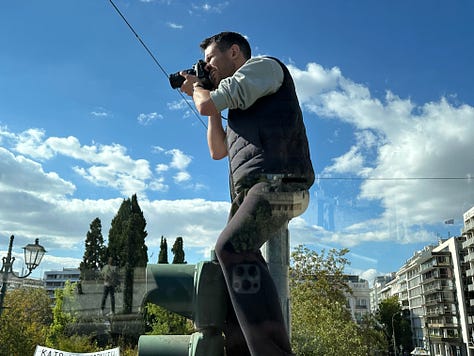
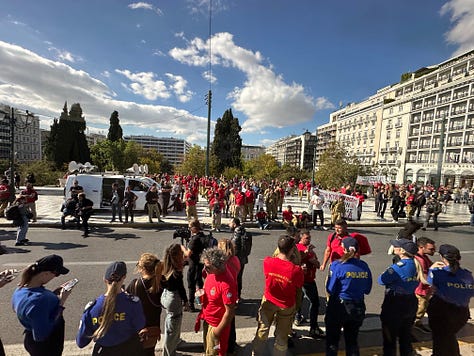
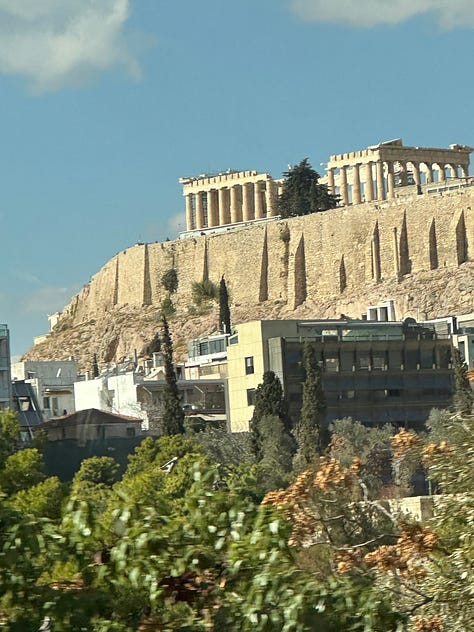
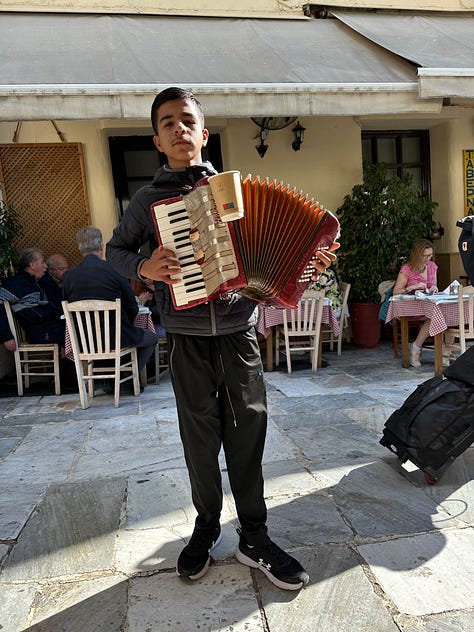
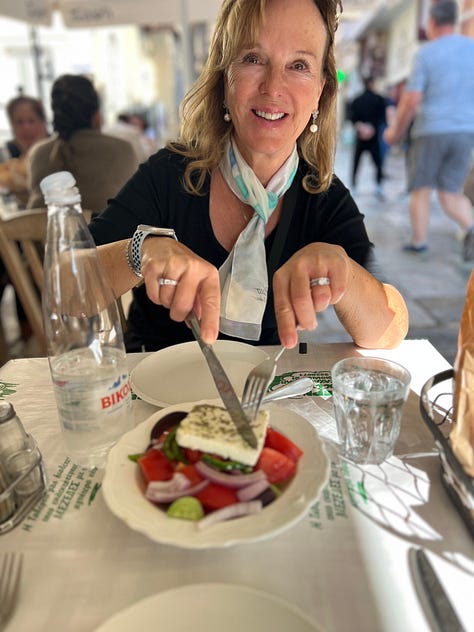
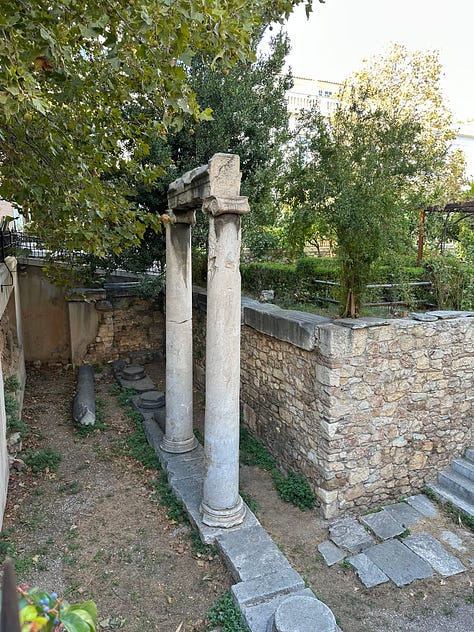
We had a fantastic time on our Italy/Greece trip/cruise and are looking forward to our next cruise in February to Norway. Our tour director on board was always ready to share local information and always up for a fun time.





